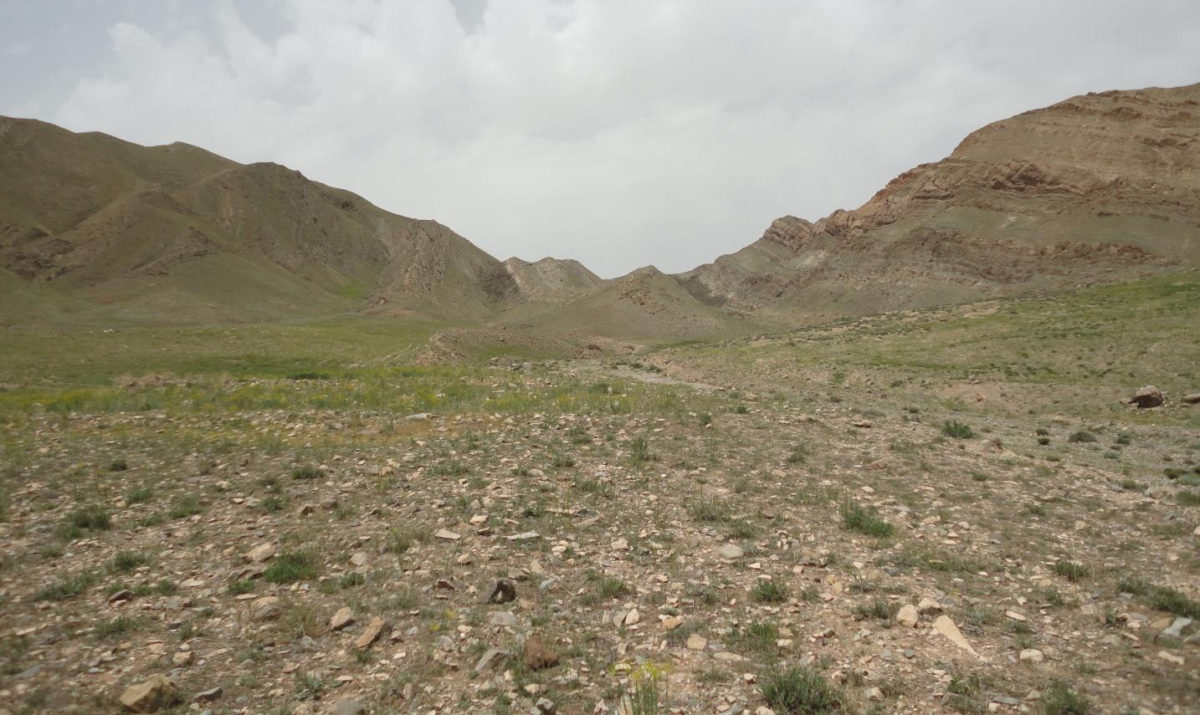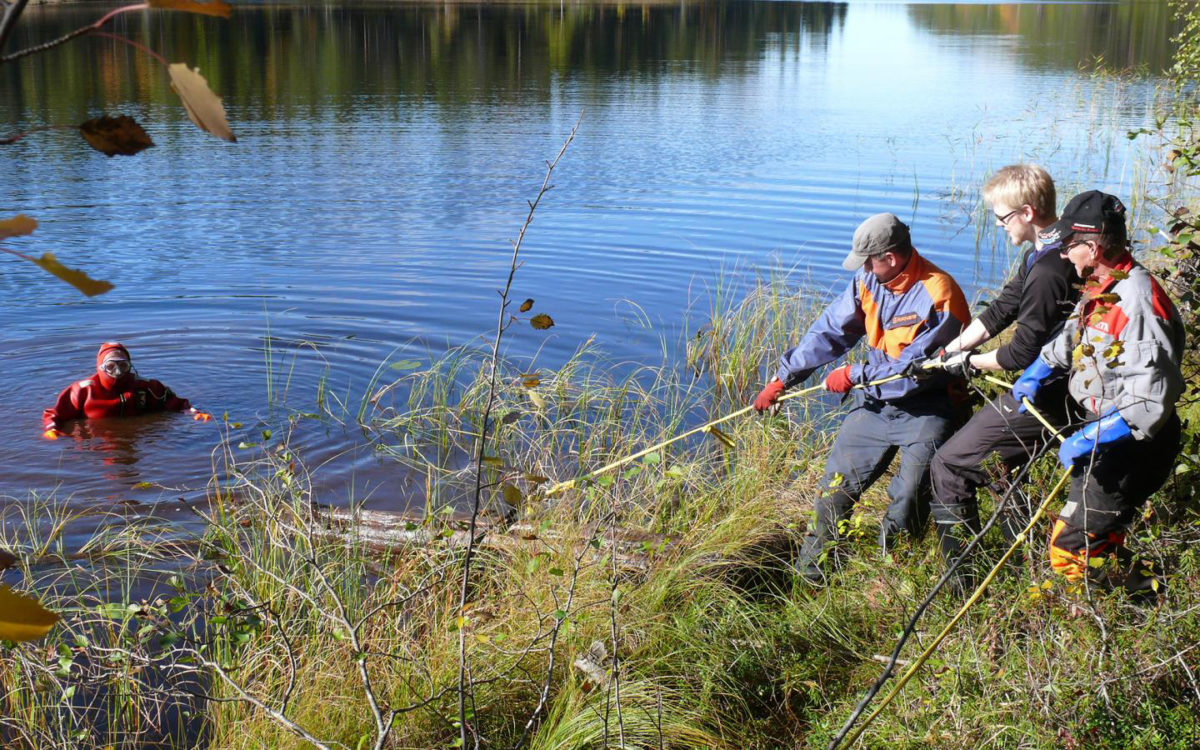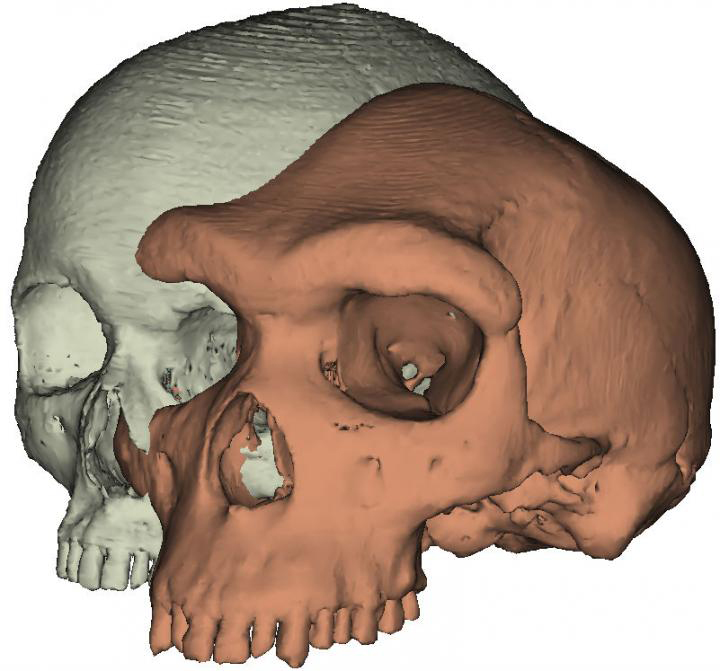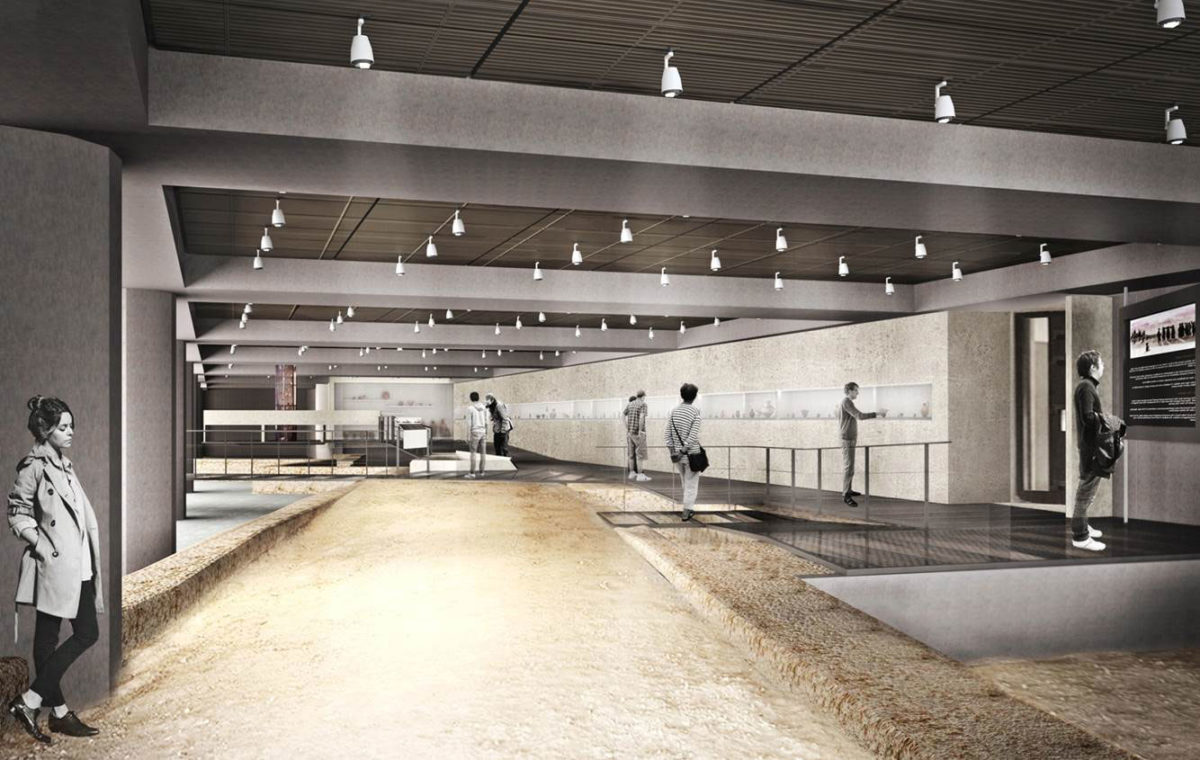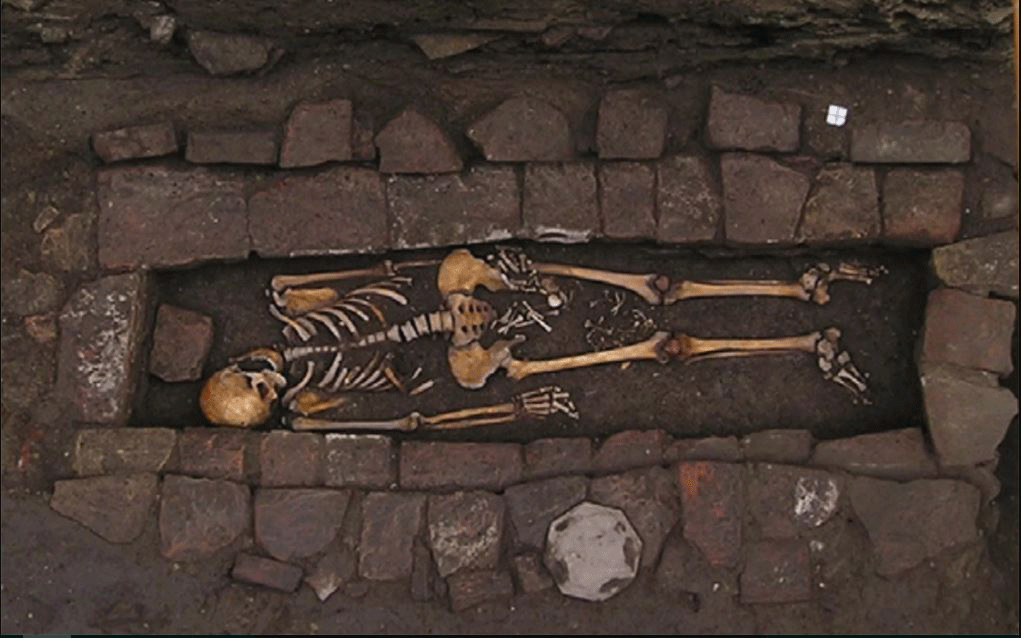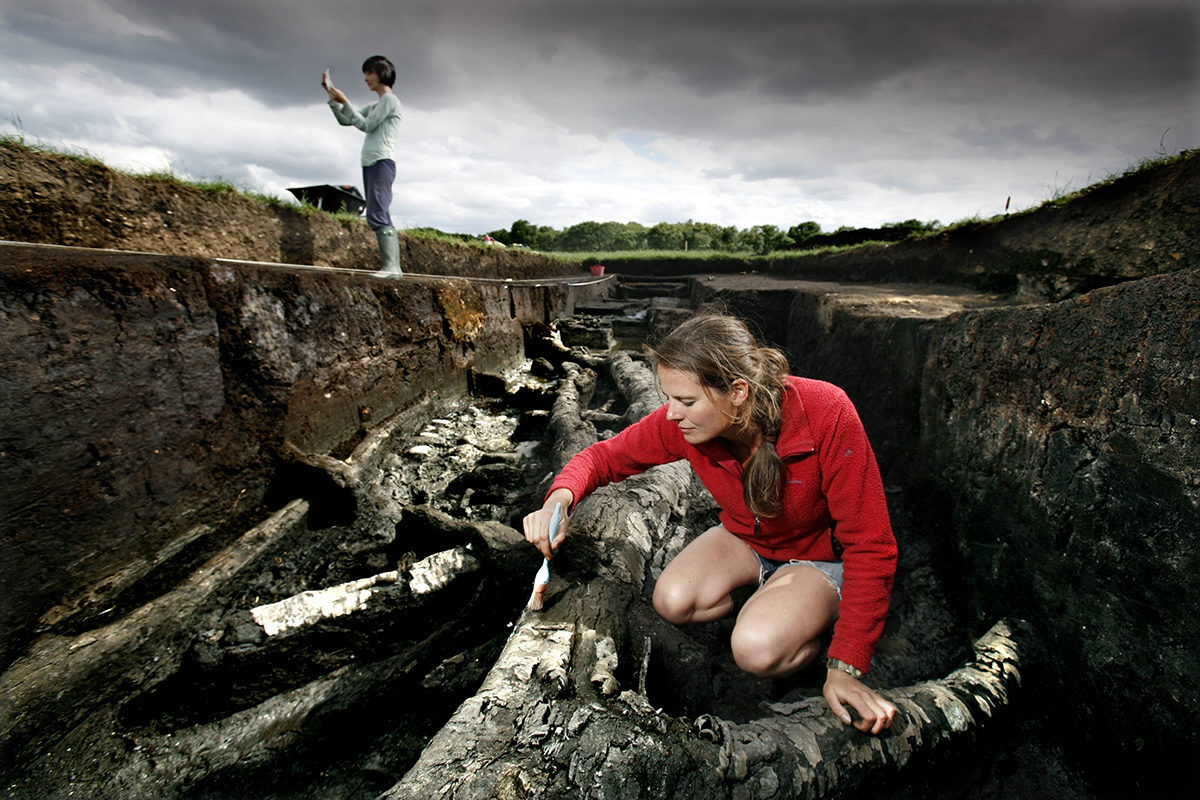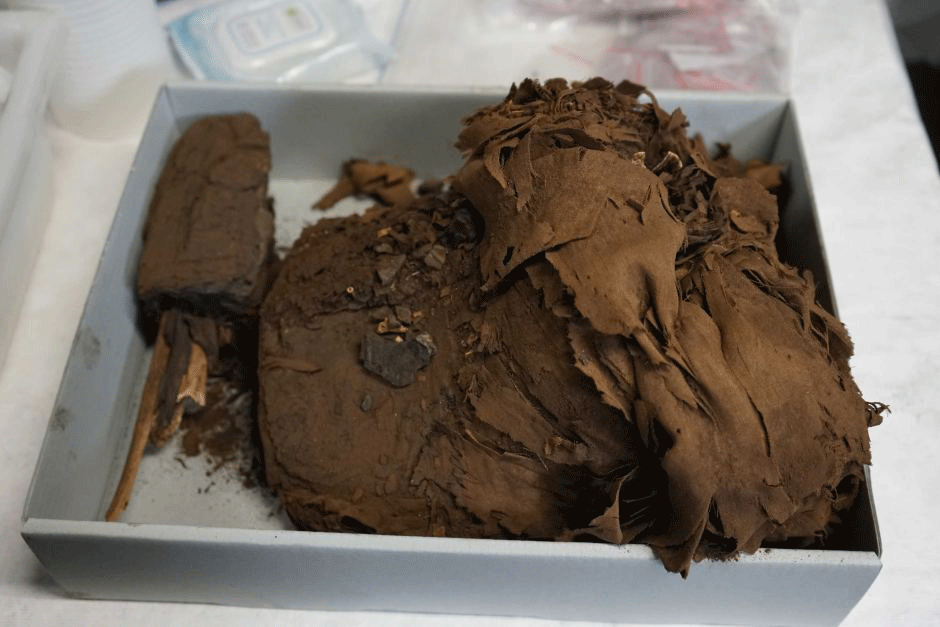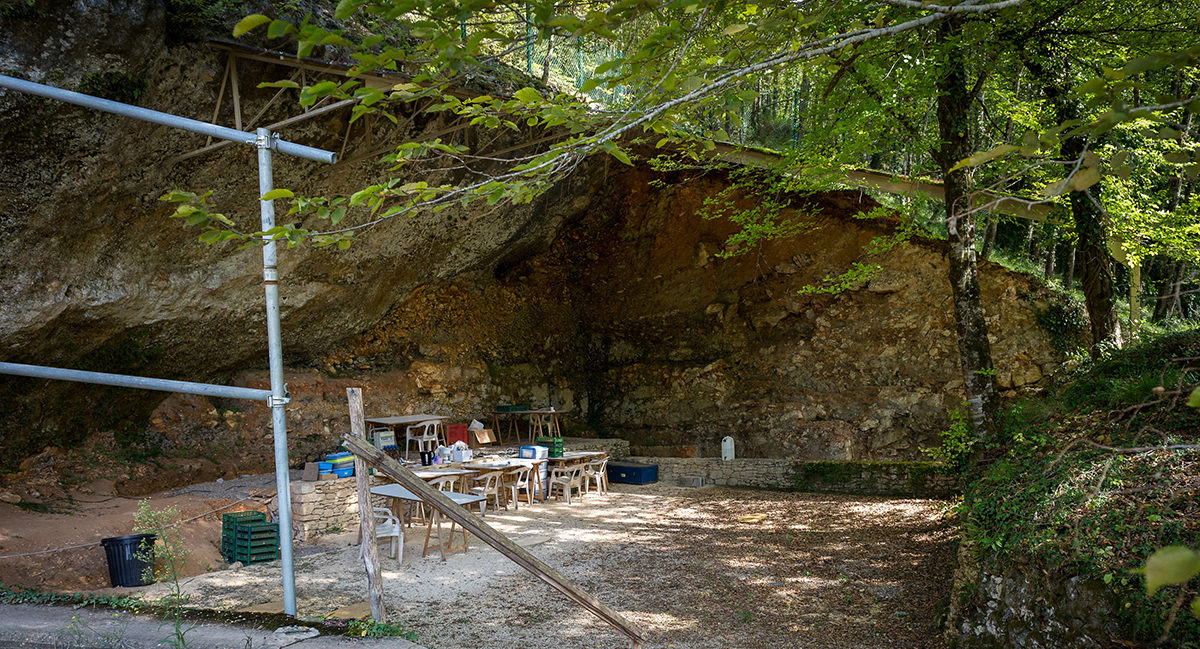Work in Progress: Annual Archaeobotany in Egypt Meeting
The second annual meeting of archaeobotanists working in Egypt.
Studying oxygen, scientists discover clues to recovery from mass extinction
A research team, led by scientists from Arizona State University and funded by NASA and the National Science Foundation, is helping to understand why this extinction event happened and why it took life so long to recover.
Madrid has one of the greatest concentrations of sites with remains of elephants and mammoths in Europe
The importance of the valleys of the rivers Manzanares and Jarama in studying the relationship between human groups prior to our own species and proboscideans.
Serapis and Isis in ancient Messene
The Society of Messenian Archaeological Studies hosts a photographic exhibition on the sanctuary of Isis and Serapis, which has opened earlier this week.
“The Youth of Mantineia” at the National Archaeological Museum Athens
The statue of a youth is exceptional, combining the heroic nudity of the adolescent with the features of Antinous, favourite of the emperor.
Nikos Hadjikyriakos-Ghika: Painting for Books
Τhe exhibition, combining painting and literature, offers to the public a great chance to admire older publications and to discover Ghika’s art of illustration.
New digital research tool for Classical scholars
The Digital Corpus of Literary Papyri (DCLP), a new digital tool for researching ancient literature, is now available.
Permit requested by Real Madrid TV channel to film on the Acropolis
In their request for a permit from the CAC, the Spanish TV crew talks about a three hour filming session to cover the basket ball games between Panathinaikos and Real Madrid.
Roman times: Unusual climate plunged Eurasia into hunger and disease
A recent study published in an esteemed academic journal indicates that volcanic eruptions in the mid 500s resulted in an unusually gloomy and cold period.
Why expressive brows might have mattered in human evolution
Research to raise a few eyebrows: Why expressive brows might have mattered in human evolution.
The ban of the cave bear
Researchers from Germany, Italy and Canada have conducted analyses to find out what likely caused the extinction of these large herbivores.
First human migration out of Africa more geographically widespread than thought
A project led by the Max Planck Institute for the Science of Human History has discovered a fossilized finger bone of an early modern human in the Nefud Desert of Saudi Arabia, dating to approximately 90,000 years ago.
The dinosaur menu, as revealed by calcium
By studying calcium in fossil remains in deposits in Morocco and Niger, researchers have been able to reconstruct the food chains of the past, thus explaining how so many predators could coexist in the dinosaurs’ time.
The Acropolis Museum excavation has become an archaeological site open to the public
While excavating the Makriyannis plot of land, part of the ancient city’s residential network came to light in successive construction phases.
The Mystery of pregnant woman burial with skull hole is solved
About ten years ago archaeologists discovered a medieval grave of a woman found with a hole on her skull and a foetus between her legs in Imola, Italy. Now researchers attempt to solve the mystery with a new study.
Decade of fossil collecting gives new perspective on Triassic period, emergence of dinosaurs
After a great mass extinction shook the world about 252 million years ago, animal life outside of the ocean began to take hold.
Tracking the spread of early hunter-gatherers through language
Scientists have further evidence that an ancient family of languages spread over most of the Australian continent in the last 6000 years, rapidly replacing pre-existing languages.
Marble statuette of the goddess Hygieia in the hands of antiques traffickers
The statuette belongs to the type known as the Hope Hygieia and is a miniature copy from late Hellenistic –early Roman times after a large original of the 4th century BC.
Pompeii site yields new astonishing findings
Archaeologists working on Pompeii archaeological site have unearthed new remains of public and private areas.
Archaeology shines light on 6,000 years of history
The finds mean experts now have a much better understanding of how the Cambridgeshire landscape was used over 6,000 years of occupation.
Northerners have always been hardy!
Pioneering early people who lived at the end of the last ice age actually carried on with life as usual despite plummeting temperatures, a study at a world-famous archaeological site in North Yorkshire suggests.
An Egyptian sarcophagus that was thought to be empty contains mummy remains
Archaeologists at the University of Sydney, Australia, were surprised when they found a sarcophagus they thought was empty, stored for more than 150 years, contained the remains of a mummy.
New technology reveals secrets of famous Neandertal skeleton La Ferrassie 1
In the case of La Ferrassie 1, these approaches have made it possible to identify new fossil remains and pathological conditions of the original skeleton as well as confirm that this individual was deliberately buried.

